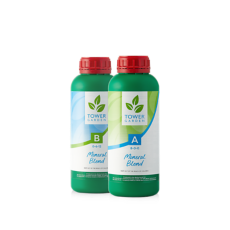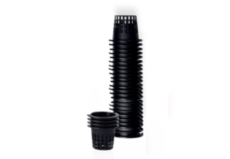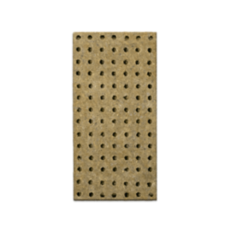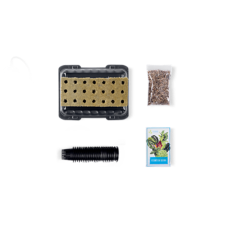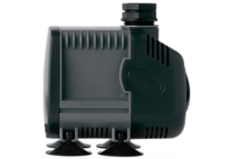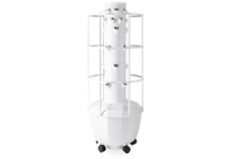Growing Outdoors Best Practices
?wid=920&_ck=1666008277210)
Tower Garden makes it simple to grow fresh veggies, herbs, fruit, and flowers outdoors. To help keep your outdoor garden growing beautifully, check out the best practices in these key, overlapping areas:
- System upkeep
- Plant health
- The elements
System upkeep
Checking off a few quick (but essential!) regular tasks will help your outdoor garden thrive.
- Check water levels. You’ll probably need to refill your Tower Garden reservoir every 10–20 days. Keep in mind:
- Larger, more mature plants are thirstier and will drain the reservoir faster.
- Warmer weather will also affect reservoir levels.
- Adjust nutrient strength. If you’re planting a full crop of small seedlings, use half-strength nutrient solution for their first 3–4 weeks:
- That’s 10 mL each of Mineral Blend A and Mineral Blend B per gallon (10 L) of water.
- After those first few weeks, you can increase the nutrient solution to full strength.
- Test nutrient solution pH. The ideal pH range is 5.5–6.5.
?wid=740&_ck=1666008190563)
If your pH is too high:
|
If your pH is too low:
|
Tower Tip: High pH may cause your plants’ leaves to yellow.
Plant health
Check your plants’ health often, keeping an eye on any potential issues with:
- Light. Most crops need 6–8 hours of full sun every day. If only one side of your Tower Garden gets full sun, rotate the tower a quarter turn daily. That’ll help your plants grow evenly.
- Temperature. For most plants, the ideal range is 65–75°F (18–24°C). If temps get very high during your summers, try to give your plants some afternoon shade. Get more season-specific info here.
- Unwelcome guests. Holes in leaves, bugs, fungi — if you see anything that shouldn’t be there, handle it as quickly as possible. Learn more about potential pests and how to discourage them.
Tower Tip: Starting plants from seeds is a major factor in keeping bad bugs away. That’s one reason Tower Garden comes with seeds!
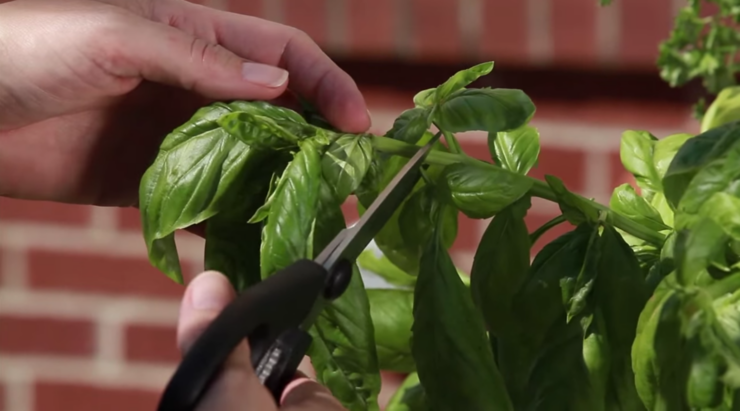
One of the joys of Tower Gardening is watching how quickly your plants grow. Foster and maintain your plants’ health by:
- Pruning plants and trimming roots will help your crops in a bunch of ways:
- Pruning — pinching or snipping off older or less healthy leaves — will prevent larger plants from overshadowing smaller ones. It’ll also encourage ongoing growth and discourage bolting.
- Trimming roots will keep them from eventually clogging your Tower Garden pump. You can cut or just break off the longest roots whenever you refill your reservoir. (Bonus: If you compost, this is extra material!)
- Harvesting often. Providing the same benefits as pruning, frequent harvests also give you more opportunities to savour your garden.
- Replacing plants when they bolt. You might also know “bolting” as “going to seed.” If your lettuce or another green suddenly sprouts tall stalks that flower (and yields smaller seeds), that’s bolting, as the plant tries to reproduce. Bolting marks the end of many annual plants’ life cycles, resulting in:
- Slower growth of edible plant parts and a bitter taste to what does grow.
- The chance to collect seeds — let a favorite plant bolt if you want to do that!
The Elements
Here are a few things to think about when you’re growing outdoors with Tower Garden: How many seasons do you have in your area, and how much does temperature change from month to month? Do you have more bad bugs at certain times of the year, and do you need to attract more beneficial bugs?
Answering those questions can help you plan what to grow, when to start, and where to place your outdoor Tower Garden. (Does this count as meal planning? We hope so!) Here’s where to find more info:
- Check out Garden Planning for tips about when to start, speciality gardens, and more.
- Get insights into Seasonal Gardening to give your crops a strong start.
- Browse Garden Pests and Troubleshooting to stay ahead of any potential issues. And on the flip side, find out how to attract bees, the pollinating superheroes of gardens everywhere.
Want to take it back to basics? Get back to your roots with outdoor growing basics

